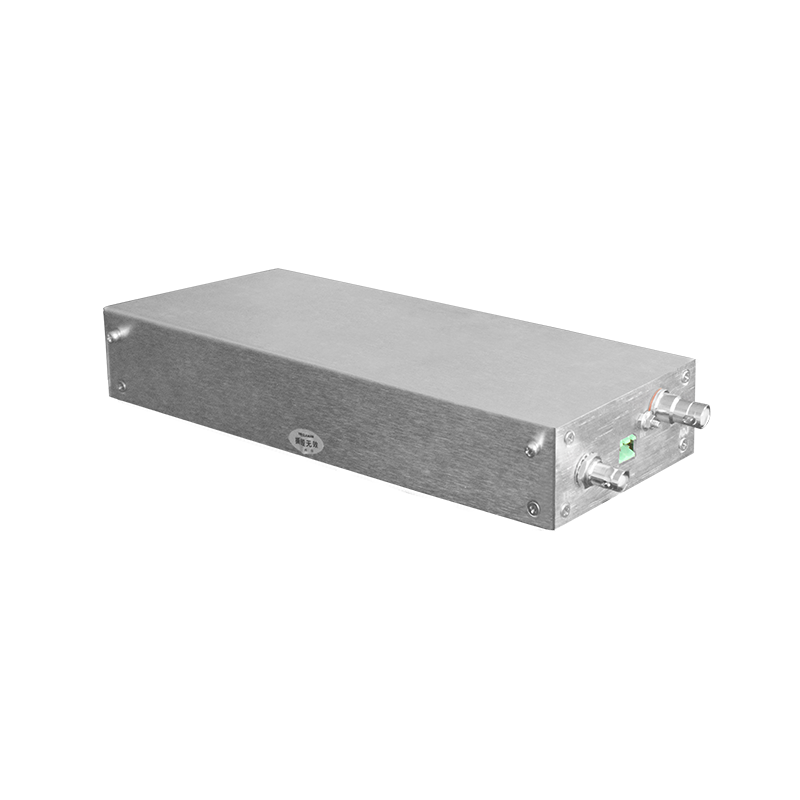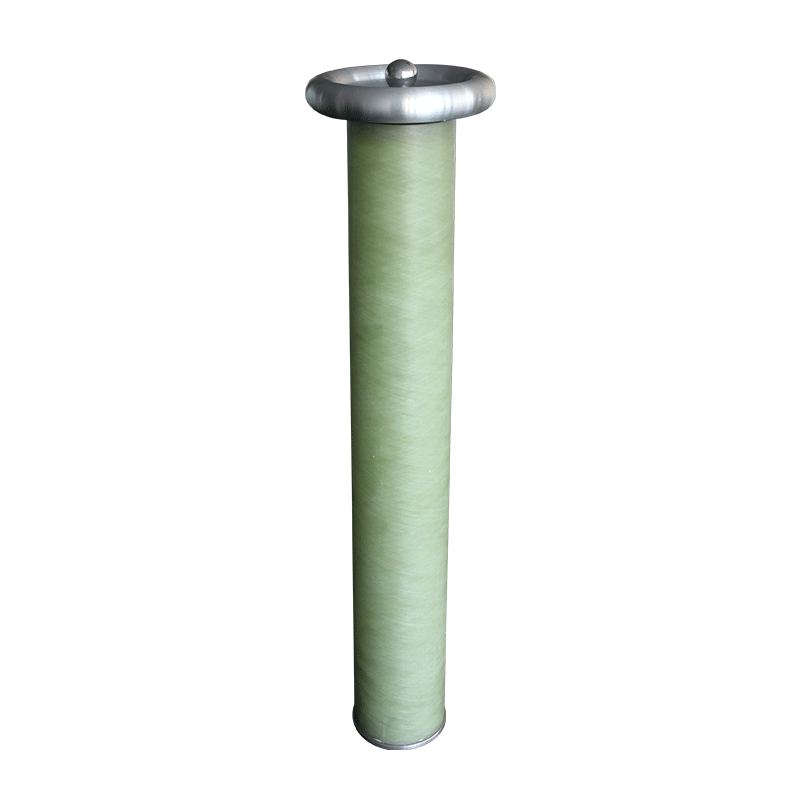Research on Enhancing Analytical Sensitivity of High Voltage Power Supplies in Precision Measurement Scenarios
Introduction
In precision analytical fields such as mass spectrometry and particle detector calibration, the output stability and noise suppression capability of high-voltage power supplies directly determine system signal-to-noise ratios. Studies show that when power supply ripple coefficients fall below 0.005%, mass spectral peak resolution can improve by 2.8 orders of magnitude. Through circuit topology innovation and material technology advancements, modern high-voltage power supplies now achieve picoampere-level leakage current control, providing foundational support for ultratrace substance analysis.
1. Modeling Sensitivity Limitation Factors
1. Noise Source Analysis
High-voltage power supply noise spectra contain three components: switching harmonics (50kHz-2MHz), thermal noise (0.1-10Hz), and dielectric polarization noise (10-100Hz). Experimental data indicate that under 30kV/5mA operation, switching-mode power supplies exhibit broadband noise up to 120μV RMS, while linear supplies maintain noise floors below 15μV RMS. Wavelet denoising algorithms effectively isolate interference signals in characteristic bands, improving valid signal extraction rates to 97.6%.
2. Dynamic Response Characteristics
Analytical instruments require output voltage fluctuations <0.1% during load transients. State-space modeling simulations demonstrate that a feedforward-feedback hybrid control architecture reduces 100% step load recovery time from 3.2ms to 0.8ms while limiting overshoot to 0.05% of rated values.
2. Critical Technological Breakthroughs
1. Wide-Bandgap Semiconductor Applications
Silicon carbide (SiC) MOSFETs exhibit switching losses仅为1/5 of silicon-based devices. Combined with common-mode chokes and triple shielding, this configuration reduces EMI intensity of 10kV supplies to 40% of EN 55011 Class A limits. Experiments prove this approach lowers detection limits of time-of-flight mass spectrometers from 1ppm to 50ppb.
2. Distributed Snubber Circuit Design
Multistage RC snubber networks in power topologies dissipate transient energy through impedance matching. Testing on 200W modules shows output voltage spikes decrease from 12% to 3.2% of rated values, with dielectric loss tangents (tanδ) optimized to 5×10^-4 levels.
3. System-Level Optimization Strategies
1. Low-Temperature-Drift Compensation
A closed-loop compensation system using lithium tantalate sensors and digital PID controllers reduces output voltage temperature coefficients from 350ppm/℃ to 18ppm/℃ across -40℃~85℃. This improves elemental detection repeatability errors in XRF spectrometers from 1.8% to 0.3%.
2. 3D Electromagnetic Shielding
Layered shielding enclosures combining Mu-metal and conductive foam attenuate spatial radiation noise by 60dB. In surface analysis instruments, this enhances secondary electron detection SNR from 12:1 to 85:1.
4. Application Validation
1. Isotope Ratio Mass Spectrometry
Stable isotope ratio measurements require long-term drift rates <10ppm/8h. Optimized power systems with low-drift dividers achieve ^13C/^12C ratio measurement precision of 0.01‰, meeting stringent geochronological research demands.
2. Nanoparticle Electrophoresis Detection
For nanoparticle characterization below 10nm, power supplies with noise floors <5μV enhance electrophoretic mobility detection sensitivity to 10^16 particles/mL, enabling novel virus vector analysis methods.
Conclusion
Enhancing the analytical sensitivity of high-voltage power supplies requires coordinated innovation across device physics, control algorithms, and system integration. With deepening integration of topology optimization tools and wide-bandgap semiconductor technologies, next-generation power supplies are expected to achieve sub-microvolt noise control, providing more precise energy delivery for cutting-edge analytical instrumentation.




















